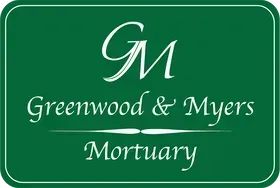What is a Memorial Service?
Unlike a traditional funeral, a memorial service is a gathering where a casket is not present (although the urn with the cremated remains may be on display). A memorial service can be held weeks or even months after the death.
A memorial service can be held in a church, the funeral home or a community hall, or somewhere of importance to the deceased and family. There is usually music, selected readings, and a eulogy. Memorial services can be further personalized as a
celebration-of-life.
How Does a Celebration of Life Differ from a Traditional Funeral?
As mentioned in the page Traditional Funeral Services, there are four basic components which make up the conventional approach to funerals:
- A Visitation
- The Funeral Service
- A Committal Service
- The Funeral Reception
A traditional funeral then is a series of events; it's a ritualized process where the deceased, and the attendees, pass from one social status to another; a process where the torn fabric of a family and community is repaired. According to the online article "Six Characteristics of Helpful Ceremonies", by William Hoy, Director of Grief Connect, this is done by including:
- Symbols of shared significance intended to communicate beyond words
- Ritual actions shared by a group of individuals
- Gathered people providing comfort to one another
- Connection to heritage through recognized readings
- Increased physical contact between attendees provide comfort
- Witnessing the transition of the body through burial or cremation
In knowing these characteristics, you can design a Celebration of Life as unique as the life of your loved. Learn how to create a Celebration of Life.

